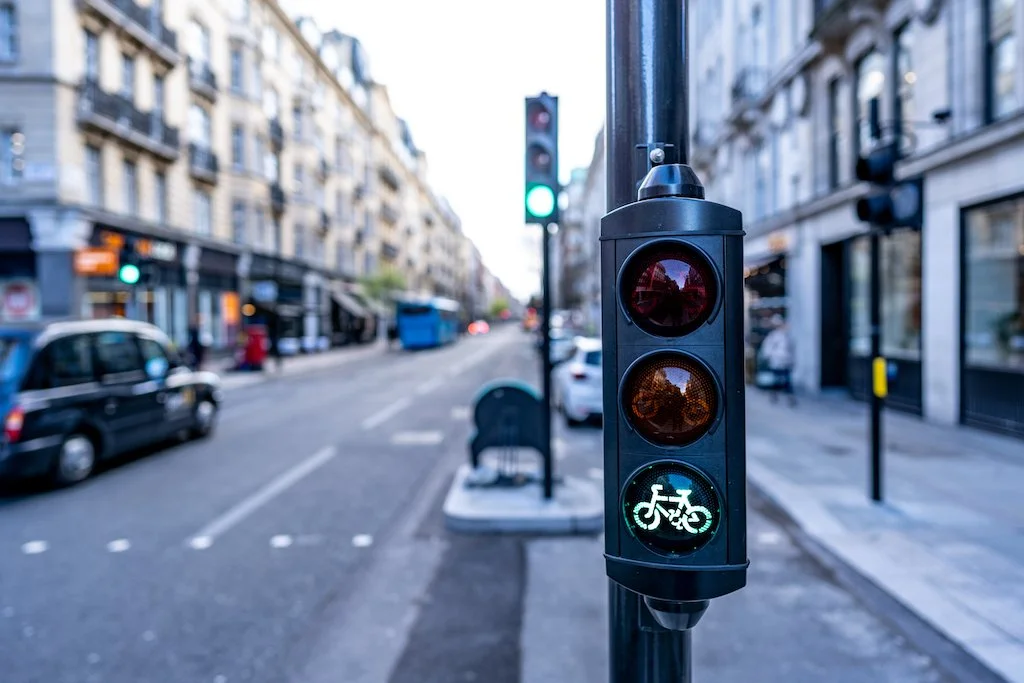TfL and boroughs deliver major boost to walking and cycling across London
Transport for London (TfL) and London's boroughs have released data showing the scale of improvements to cycling and walking infrastructure delivered on London's streets in the year to April 2025, supported by £81m of TfL's Local Implementation Plan funding.
image: Shutterstock
Every scheme delivered, says TfL, plays a vital role in achieving the Mayor's goal of 80% of journeys being taken by walking, cycling or public transport by 2041.
In 2024/25, this funding has enabled boroughs to deliver:
Schemes to make it easier and safer to cycle: 51km of new permanent cycle routes have been constructed. TfL and boroughs have also worked to deliver cycle parking, with 1,673 publicly accessible cycle parking spaces created, plus 10,000 residential and 900 school cycle parking spaces. Funding has also enabled 16,631 adults and 51,190 children to be trained with vital cycling skills
Schemes to boost walking: More than 400 new pedestrian crossings have been installed with 61 new signal-controlled crossings, 108 zebra crossings and 232 uncontrolled crossings. 12km footways have also been widened to make it easier to walk
More School Streets: 150 more School Streets have been introduced, with the total now standing at more than 800 across London
Improved public transport access: 64 bus stops have been given accessibility upgrades, and 2.8km of new bus lanes to improve journey times and reliability
More Low Traffic Neighbourhoods: Seven new schemes to reduce traffic on local roads were introduced, 15 experimental schemes were made permanent, and 26 new road closures have been implemented to reduce through-traffic and improve local air quality
More Sustainable Drainage systems: Over 50,000 square metres have been delivered to help prevent flooding and increase climate resilience
TfL has committed to continuing to partner with London's boroughs to improve road safety across the capital supported by Local Implementation Plan funding. The programme will also aim to deliver further projects to tackle road danger across London, with boroughs set to play a key role in delivering TfL's next Vision Zero Action Plan, which is due to be published early next year.
Helen Cansick, TfL's Head of Healthy Streets Investment, said, “London's boroughs play a crucial role in delivering improvements that make our streets safer, more accessible and more sustainable. The level of ambition from passionate borough officers has increased year on year, as they see the value that this investment has for the communities they serve - from safer places to cross the road and expanded cycle routes to lower traffic speeds, safer journeys for schoolchildren and cleaner air. We look forward to continuing working with boroughs to build a better, safer and greener London for everyone.”
Will Norman, London's Walking and Cycling Commissioner, said, “This impressive data highlights the power of working in partnership, with TfL's expertise and London boroughs' deep local knowledge combining to create streets that truly reflect the needs of their communities.”
Tanya Braun, Director of External Affairs and Fundraising, Living Streets, “Our latest research for International Walk to School Month found that parents are discouraged from walking their children to school because of traffic, vehicles around the school gates and a lack of safe crossings. By expanding the School Streets programme, introducing new crossings and widening our pavements, more of us can now choose cleaner and healthier ways to get around.”

